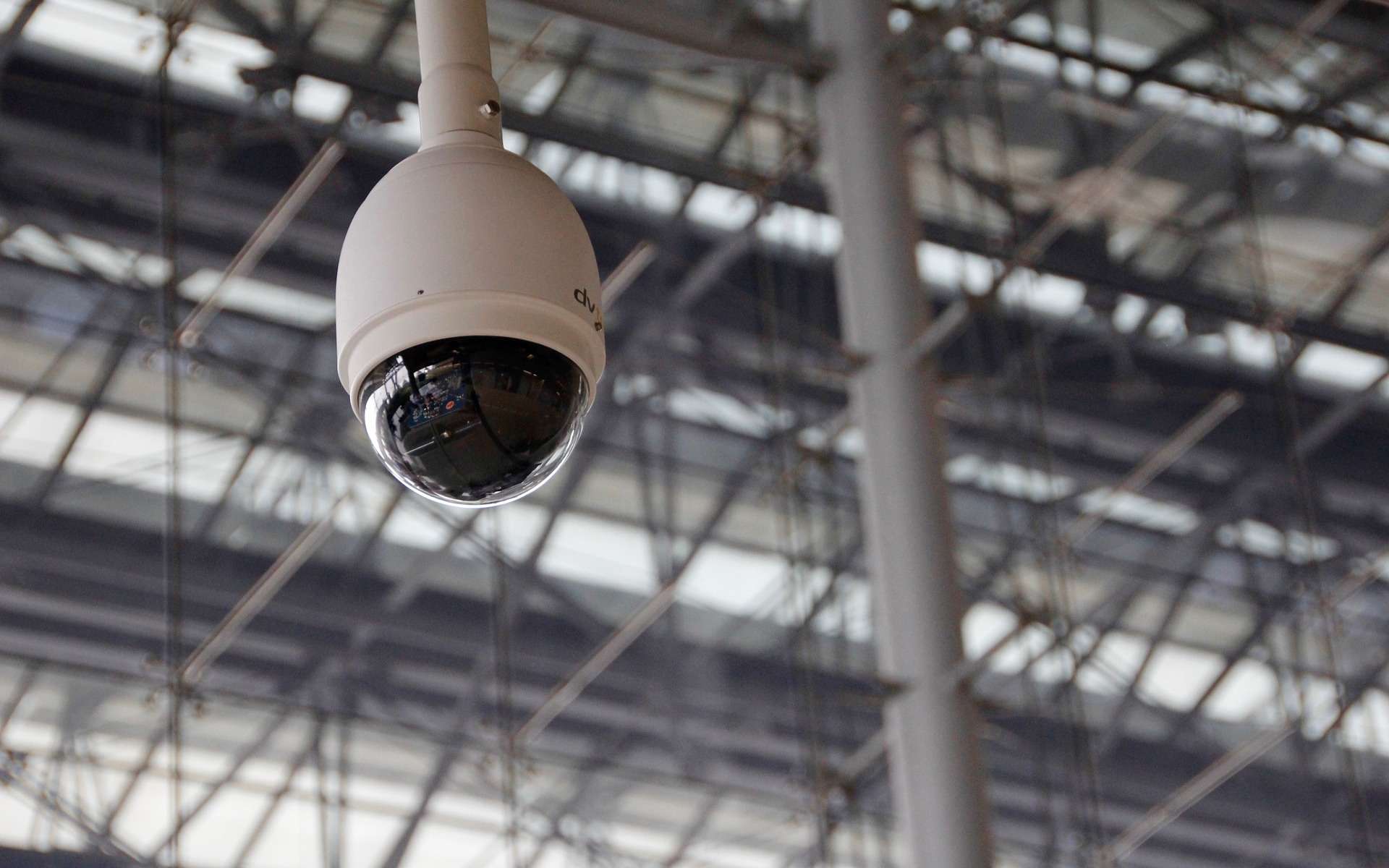Because the approach of an individual is unique, researchers at the University of Santa Barbara have managed to create a system of identification of a person through Wi-Fi waves, and behind a door or wall. Until then, it was possible to detect a presence but not to identify a person.
There are already systems, such as RF Capture, that can see through the walls or more precisely to distinguish the silhouette of a person through the reflection of waves.
A technique to detect the presence of a person, but nothing more. Researchers at the University of California at Santa Barbara have decided to push the system even further by using Wi-Fi waves to recognize the identity of a person detected through a wall.

” Our approach is to determine if the person behind the wall is the same as the one appearing in a video recording, using only a pair of Wi-Fi terminals,” said Yasamin Mostofi, the professor at the head of the research project.
This approach uses only the power measurements received over a Wi-Fi connection. It does not require prior video or Wi-Fi training data from the person to be identified. It does not require information on the area of operations either. “
Two Wi-Fi terminals and a video are enough
Researchers have dubbed their XModal-ID technique or identification by combining multiple media. They demonstrated their technique in a video. They placed a Wi-Fi transmitter and receiver behind a wall, and then measured the incoming waves. A person then walks on the other side of the wall and his approach is compared with a video of the same person taken beforehand to determine if it is the same individual.
The most complicated part that Professor Mostofi’s team worked on was to identify the person based solely on the signal received. ” The way each person moves is unique. But how to correctly capture and compare gait information in video and Wi-Fi signals to determine if they come from the same person? “
A technique adapted to connected homes
The team created a new multidisciplinary approach. By analyzing a video of an individual, the team extracted a three-dimensional mesh that defines the external surface of the body as a function of time.
They then used the Born approximation for electromagnetic waves to determine the radio signal that would have been generated if this person moved within a Wi-Fi field. The next step was to determine the elements. features of the gait, as well of the actual Wi-Fi signal received as the signal simulated from the video, and to compare the two to determine if it is the same person.
The researchers did a lot of tests, with a total of 1,488 comparisons of Wi-Fi recordings with videos of eight different people. The tests were conducted in three different locations, for an accuracy ranging from 82% to 89%. The XModal-ID system could be used by police to locate a suspect.
For example, they could set up landmarks next to a building or use the existing Wi-Fi infrastructure, and compare the signal to a video of a crime. This technology could also be used in a connected home to activate a person’s preferences when they move (light, music or room temperature).
Also Read: Download Kinemaster Pro the Best Video Editing App for Mobile